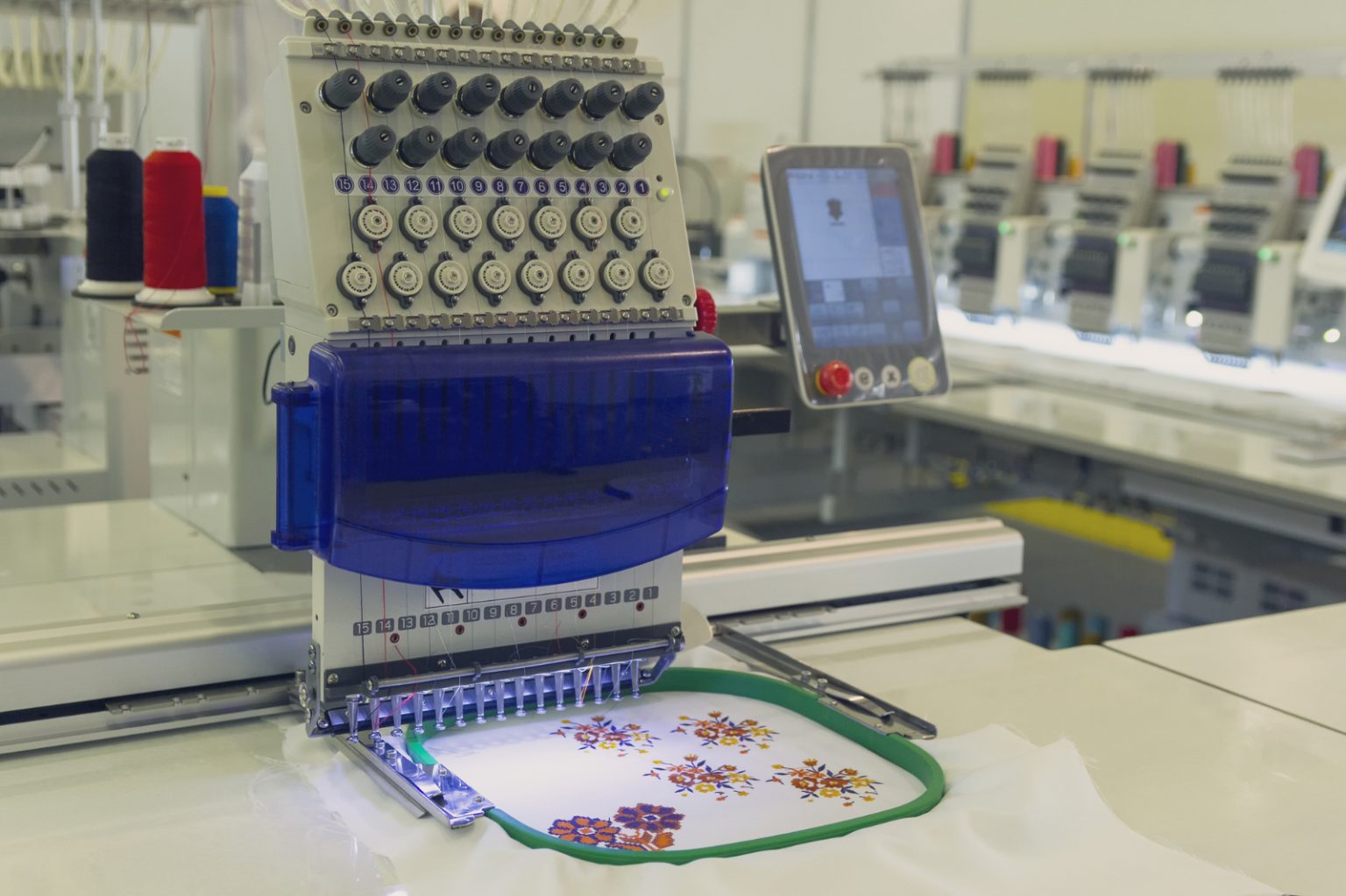Problems like puckering can happen when you use embroidery equipment. Puckering is the gathering or bunching of fabric around embroidery stitches when you move the material during embroidery. This allows the formation of folds on the fabric, giving the finished material a bumpy look.
Unfortunately, you will sometimes encounter puckering when you work with an embroidery machine. Slippery fabrics like satin and nylon are more prone to puckering as they can slide easily on the stabilizer. It would be best to find smart ways to prevent puckering when using an embroidery machine, as the puckered fabric can make a finished product look messy and unprofessional.
Factors That Can Cause Puckering
Inadequate stabilization is one of the main reasons that can result in puckering. You require more stabilization if your embroidery design is more dense and large and if your fabric is stretchy. Bobbin tension and overly tight thread can pull the stitches, resulting in puckering and distortion. Using rayon thread on delicate and lighter-weight fabrics, because of its lowered tensions and reduced stretchiness, can help create a pucker-free product.
How To Reduce and Prevent Puckering
Proper stabilization without too much tension on the fabric used is crucial. An additional topping, adhesive spray, or a fusible backing can help elevate your results. Using fabric adhesives on stretchy and slippery fabrics can offer the additional stabilization you need to stop the fabric from shifting and moving during embroidery. Use a light adhesive to prevent leaving residue on the substrate or gumming the needles.
For stretchy and lighter weight fabrics, choose a design with a lower density as it stitches best. Always opt for designs without full-filled areas and extensive coverage. If you want to lower the density of your design while maintaining the appearance of complete coverage, reduce the distinction between the ground colors and stitching.
If you do not know how to digitize correctly, seek guidance and advance from a reputable digitizer. Tell them about the fabric you want to embroider so they can help. Using the correct underlay while you digitize can play a significant role in stabilizing the fabric.
Learn to perfectly hoop your fabric using the smallest hoop that will work. Remember, your hoop will offer more stabilization if your design is closer to the sides of the hoop. And when embroidering, ensure the hoop ring is tight enough to remain tout without stretching the fabric.
Using a sharp and new needle during stitching can improve your odds of having a pucker-free fabric. A dull and old needle can bunch up or snag the materiel, making it pucker. To set the thread tensions of your embroidery machine correctly, take advantage of thread tension gauges. And if you are adjusting the tensions, learn to make minor adjustments and be careful.
The most simple and cost-effective way of avoiding puckering is to work slowly. You can avoid and reduce puckering on fabrics by reducing the run speed.
Contact Us For High-Quality Digitized Designs
During embroidery, puckering can be an annoyance encounter. When you develop your embroidering skills and digitize correctly, you should expect to reduce the number of puckers on your products. Provided you use the stable backing to reduce the stress of the fabric, choose the suitable design for your preferred fabric, and use correct hooping, you can lower the puckering on your products.
To have a drawing, logo, or photo converted into a file you can use for embroidering, reach out to us for a digitizing quote. Feel free to contact us to learn more about our services and how you can reduce and prevent puckering.

